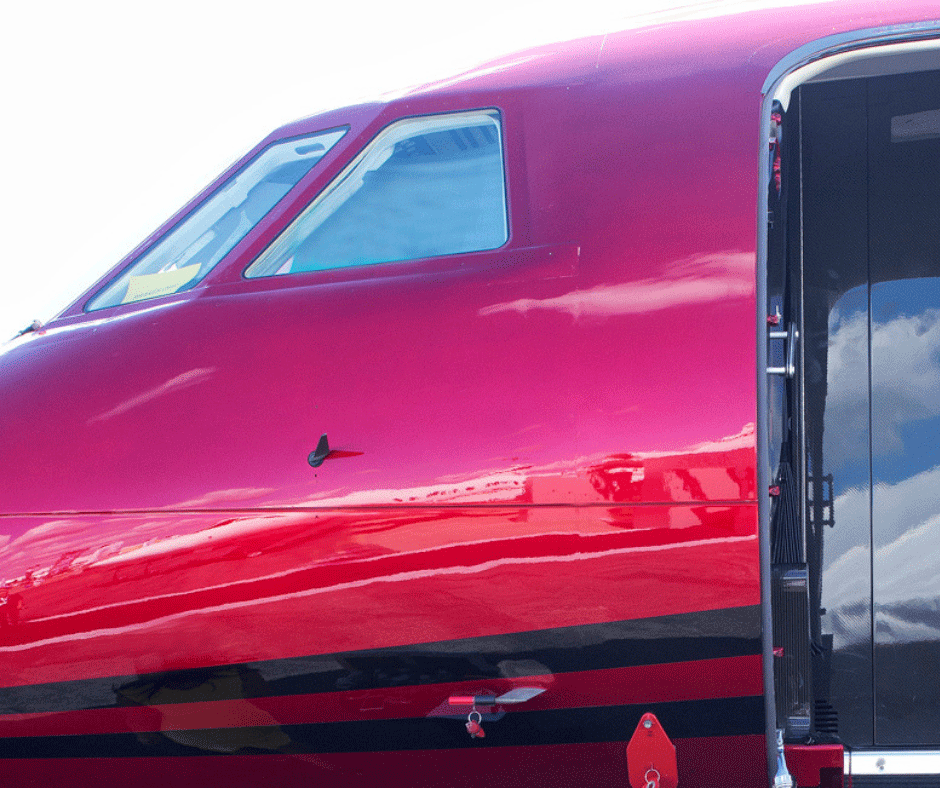
How to Determine whether an Aircraft Owner flies Part 91 or Part 135
Your friends fly all of their flights Part 135 (charter) and you fly all of your flights Part 91 (private). Whether an aircraft owner flies Part 91 or Part 135 is determined by individual facts:
- business operations (one primary user or many users),
- types of use (business, entertainment, non-entertainment personal) all affect which type of operation is best for you
- control of operations
- whether charter income from third party users is defied to help cover aircraft costs
- state tax issues
- federal tax issues
- liability concerns
This is a brief summary of some of the differences between Part 91 and Part 135 operations.
Federal Excise Tax (FET) for Charter Flights
- Part 91 – Federal excise tax (FET) is not due under most Part 91 operating structures
- FET is collected on Part 91 timesharing, interchange and demo flights
- Part 135 – FET of 7.5% plus a per person per segment ($4.10 in 2018) is due on all amounts paid for the Part 135 flights
Flight Crew Control for Aircraft Owner
- Part 91 – Owner employs and controls the flight crew
- Part 135 – Part 135 Operator (Charter Company) controls the flight crew
Flight Crew Duty Time and Crew Rest Requirements
- Part 91 – No specific flight crew duty time and rest requirements
- Part 135 –Specific flight crew duty time and rest requirements
- Depending on flight patterns, this may require hiring additional pilots
Expenses – Additional Expenses for Aircraft Chartered by the Owner
- Part 91 – No additional expenses for adding a Charter Company
- Part 135 – Additional expenses
- Fees due to the Charter Company
- Fees to Charter Company are higher if there is no third party charter
- Increased training charges due to the mandated frequency of pilot training (2X per year)
- Fees for Charter Company drug and alcohol testing program
- Flight crew duty time limitations and rest requirements under Part 135
- May require hiring an additional pilot
- Fire-blocked aircraft interior is required
- Interior fabrics must be fireblocked (fire resistant) & must have FAA-required paperwork or that item must be replaced
Charter Income to Offset Aircraft Ownership Costs
- Part 91- No charter income to offset ownership costs
- Part 135 – Charter income from charter to third parties offsets ownership costs
Operations Outside the US
- Part 91 – Operator can generally fly point to point within a foreign country
- Part 135 – Charter Company cannot fly point to point within a foreign country (e.g. Vancouver to Toronto) due to cabotage restrictions
- Part 135 – Charter Company is subject to additional fees and regulations imposed by foreign countries on commercial flight operations
Available Airports – Access to Smaller Airports May be Limited
- Part 91 – May land at an airport where there is no weather reporting facility
- Part 135 – Charter Company may not be able to land at an airport that has no weather reporting facility
- Part 91 – Runway length requirements determined by aircraft requirements
- Part 135 – Charter Company may require additional runway length per Federal Aviation Regulations in order to land at smaller airports
MACRS Depreciation for Aircraft
- Part 91- Aircraft depreciated on a 5-year MACRS schedule
- Part 135 – Aircraft depreciated on a 7-year MACRS schedule
Liability for Operational Control
- Part 91 – Operator of the aircraft has liability for operational control of the aircraft
- Part 135 – Charter Company has liability for operational control of the aircraft
Determining whether an aircraft owner flies Part 91 or Part 135 on their own aircraft requires analysis of each owner’s particular facts. Many factors will affect the decision as to how an aircraft owner registers, owns and operates an aircraft. An attorney experienced in business aviation can help reduce costs and help to ensure a positive aircraft operating experience.
Michelle Wade is an attorney with the law firm of Jetstream Aviation Law and counsels clients on the acquisition, financing, and operation of business jets operated under Part 91 and Part 135 of the Federal Aviation Regulations. Jetstream Aviation Law can be found at www.JetstreamLaw.com.
The information provided here is not legal advice and does not purport to be a substitute for advice of counsel on any specific matter. For legal advice, you should consult with an attorney concerning your specific situation.
